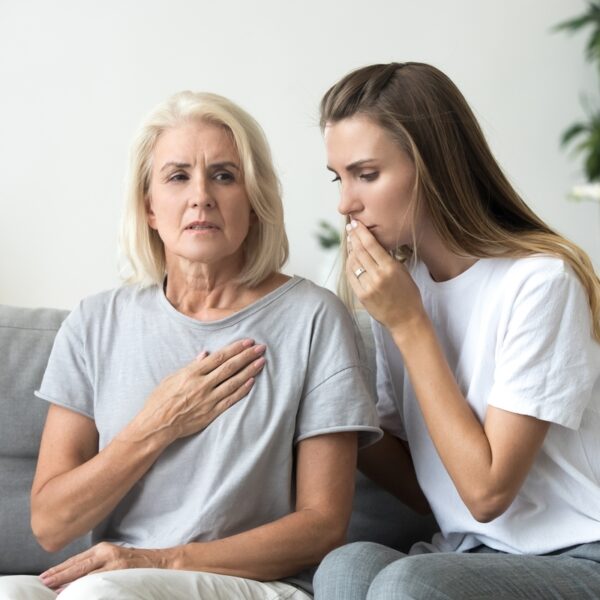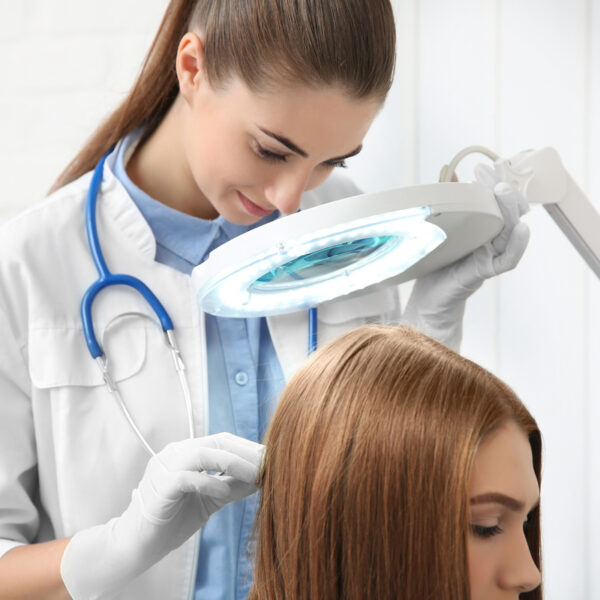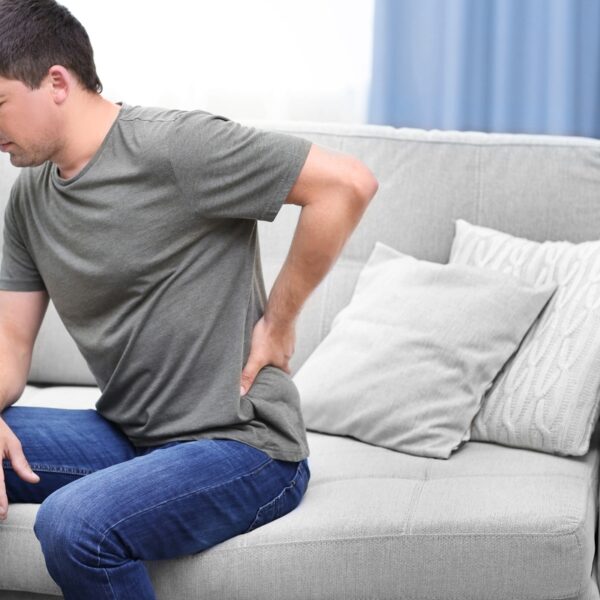
Understanding and Taking the Depression Test: A Comprehensive Guide
Depression is a common mental health condition that affects millions of people worldwide. It can significantly impact one’s quality of life, making it essential to identify and address it early. One effective way to determine if you or someone you know might be experiencing depression is by taking a depression test. This article will provide a comprehensive guide on what a depression test is, how it works, and why it is important. A depression test, also known as a depression screening or assessment, is a tool used by healthcare professionals to evaluate the presence and severity of depressive symptoms. These tests can be self-administered or conducted by a mental health professional. They typically consist of a series of questions that assess various aspects of an individual’s mood, behavior, and overall mental state. The most commonly used depression tests include the Patient Health Questionnaire (PHQ-9), the Beck Depression Inventory (BDI), and the Hamilton Depression Rating Scale (HDRS). Each of these tests has its unique format and scoring system, but they all aim to identify symptoms such as persistent sadness, loss of interest in activities, changes in appetite or sleep patterns, and feelings of hopelessness or worthlessness. Taking a depression test can be a crucial first step in recognizing the need for professional help.









